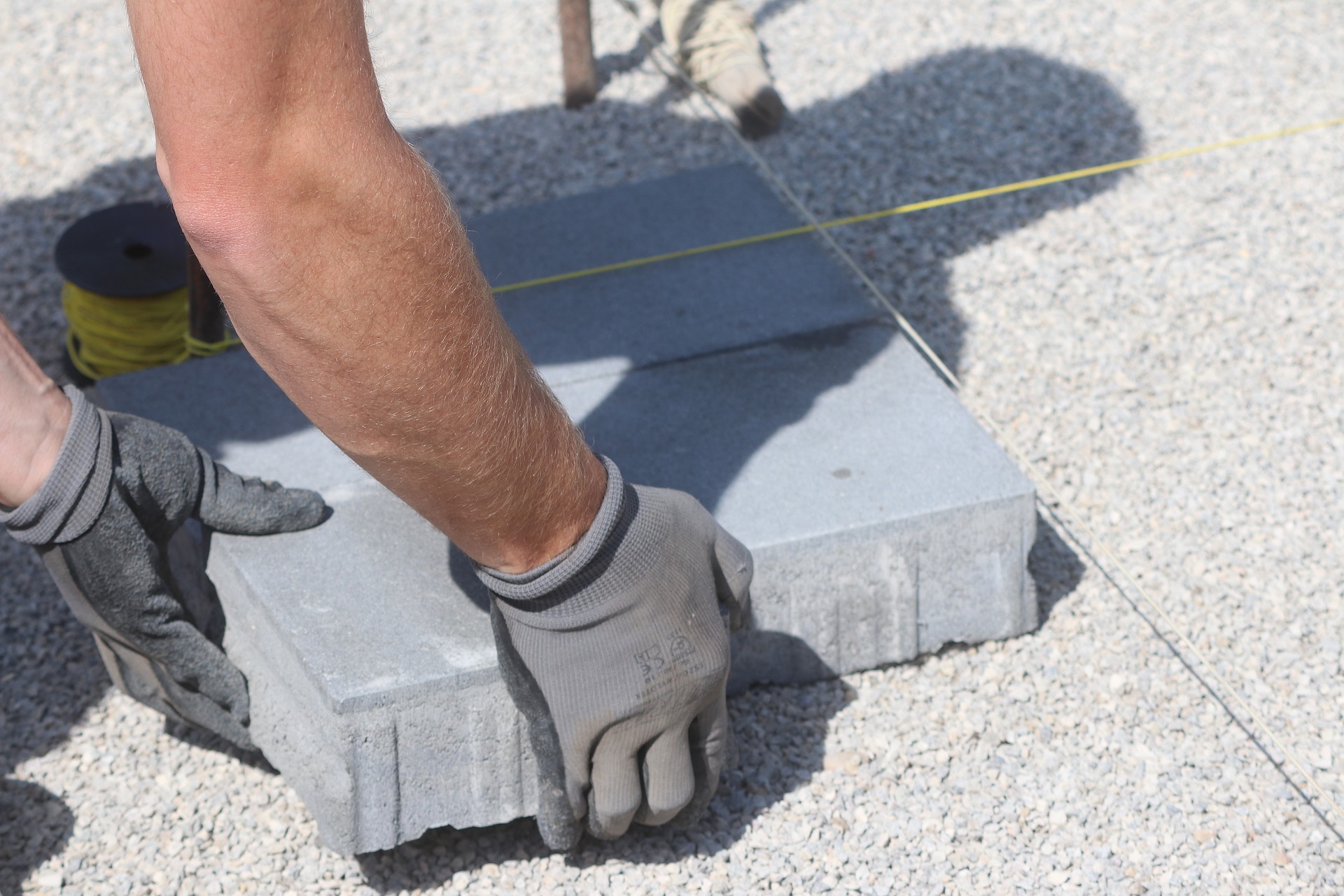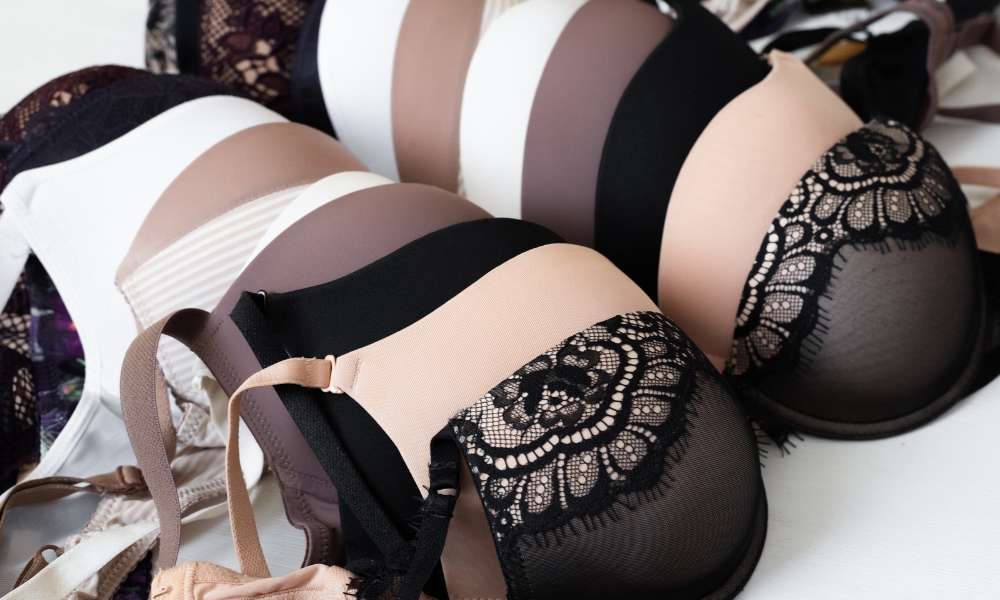"Reviving the Charm of Wabi-Sabi in Modern Homes"
Introduction: The beauty of imperfection has found its way back into our living spaces. Wabi-Sabi, a traditional Japanese aesthetic, reveres authenticity and the natural aging process. In an era dominated by sleek modernism and manufactured perfection, the embrace of Wabi-Sabi offers a refreshing shift in perspective.

The Art of Wabi-Sabi: A Historical Overview
The ethos of Wabi-Sabi traces back to the 15th century, deeply rooted in Japanese Zen Buddhism. It is a celebration of the imperfect, impermanent, and incomplete aspects of life. Rather than seeking flawlessness, Wabi-Sabi encourages us to find beauty in the natural, the rustic, and the modest. This philosophy has been a fundamental part of Japanese culture for centuries, influencing various aspects, including art, architecture, and lifestyle.
Wabi-Sabi in Modern Home Design: Current Trends
In today’s design landscape, Wabi-Sabi has resurfaced as a reaction against mass-produced perfection and homogeneity. More homeowners are now seeking authenticity and character in their living spaces, favoring handmade ceramics over machine-made tableware, or preferring a weathered wooden table to a glossy, factory-produced one. The charm of Wabi-Sabi lies in its simplicity and the tranquility it brings, making homes feel more lived-in and personal.
Practicality of Wabi-Sabi: Enhancing Daily Living
Embracing Wabi-Sabi, homeowners can create a space that is comforting and calming. It promotes a slower, more mindful lifestyle, encouraging us to appreciate the beauty in everyday moments and objects. Furthermore, Wabi-Sabi encourages reusing and repurposing items, reducing the need for constant consumerism. This practice not only benefits the environment but also adds character to the home, as each object carries a unique history and narrative.
The Future of Wabi-Sabi: Expert Insights
With the increasing preference for authenticity and sustainability, experts predict that the Wabi-Sabi trend will continue to grow. As people become more conscious of their environmental impact and the superficiality of mass production, the appeal of Wabi-Sabi’s organic, handcrafted ethos will only strengthen.
Implementing Wabi-Sabi: Styling Techniques
Adopting Wabi-Sabi doesn’t require a complete overhaul of your living space. It can be as simple as incorporating handmade pottery, weathered furniture, or natural fabrics. Avoiding symmetry and embracing irregularity is a key aspect of this aesthetic. Remember, the goal is to create a space that feels real, authentic, and serene, a space that tells a story of life and living.
In conclusion, the revival of Wabi-Sabi in modern home design is a celebration of authenticity, imperfection, and the beauty of aging. It’s a refreshing shift from the pursuit of perfection, offering a more meaningful and sustainable approach to home styling.




